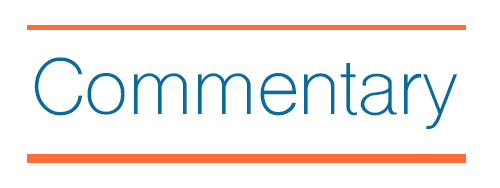Soon after the Federal Communications Commission (FCC) opened up enrollment for the Emergency Broadband Benefit (EBB) program on May 12, the U.S. Department of Education (ED) informed all 6.5 million award year 2020-21 Pell Grant recipients of their EBB eligibility. Community college students make up about one-third of total Pell Grant recipients.

Qualifying low-income households are eligible for a $50 monthly discount for broadband internet service. Households on qualifying tribal lands are eligible for a $75 monthly discount. The discount can be used for certain bundled internet services, including texting, voicemail, modems, routers and hotspots, but not cable TV bundles. In addition, a one-time discount of up to $100 for a laptop, desktop or tablet (but not cellphone) is provided per household that contributes between $10 and $50 toward the cost of the device.
As of the last week in June, a little more than 3 million households have claimed about $34.6 million in EBB support, leaving $3.1 billion available.
Broadband access crucial to student success
Broadband access is only one of many challenges facing community colleges. As has been well documented, these challenges were not brought on by the pandemic, the pandemic exacerbated them. Importantly, the pandemic has also brought much-needed attention to these challenges.
The EBB program is a most welcome help with the digital divide. This one-time support, however, was characterized as a bandage, not physical therapy by Monty Roessel, president of Diné College, speaking on a June 29 webinar focused on Pell Grant recipients enrolling in the EBB program. Carmen Lidz, vice chancellor and chief information officer for the Los Angeles Community College District, another webinar panelist, said it is necessary to go beyond a time-bound solution to the digital divide problem and implement a policy of subsidizing in-need families.
Roessel stressed that the term “access” must be redefined, because his students who must drive two hours and climb a mesa to obtain an internet connection do not have broadband access. Diné College is a tribal community college located on the Navajo reservation.
Lack or challenging broadband access is not an exclusively rural problem. Lidz said that one of five students in the Los Angeles district do not have internet access and another 14% have access only sometimes.
Not having a device or having to share it with other members of the family is also important to address because this situation too has an impact on community college students’ ability to work remotely.
For these resources to be effective, the panelists agreed, eligible individuals, like Pell Grant recipients, their families and other low-income households, must be aware of the available resources and be digitally literate.
Access to resources
One of the hosts of the webinar, the Open Technology Institute (the other was New America), has an FAQ document available. It has answers to who is eligible, how people can sign up and what happens when the program ends. Pell Grant recipients can use the email they received from ED as documentation of their eligibility, according to Eduard Bartholme, associate bureau chief of consumer and government affairs at the FCC, who also participated on the webinar.
An outreach toolkit is available that community colleges and others can use to make sure that their Pell students are aware of these benefits. The toolkit includes materials, such as a fact sheet, flyers, videos, a press release, among others, many available in Spanish. Two documents are available in several languages, including Arabic, Burmese, Chinese, French, Korean, Tagalog and Vietnamese, among others. FCC experts also are available to explain the EBB program at a planned event.
Anyone who runs into a problem with the EBB or has a telecom service issue, may file a complaint with the FCC.
Information on the number of households in states and U.S. territories that have claimed EBB support is available from the Universal Service Administration Corporation (USAC), which administers the EBB program under the oversight of the FCC.





